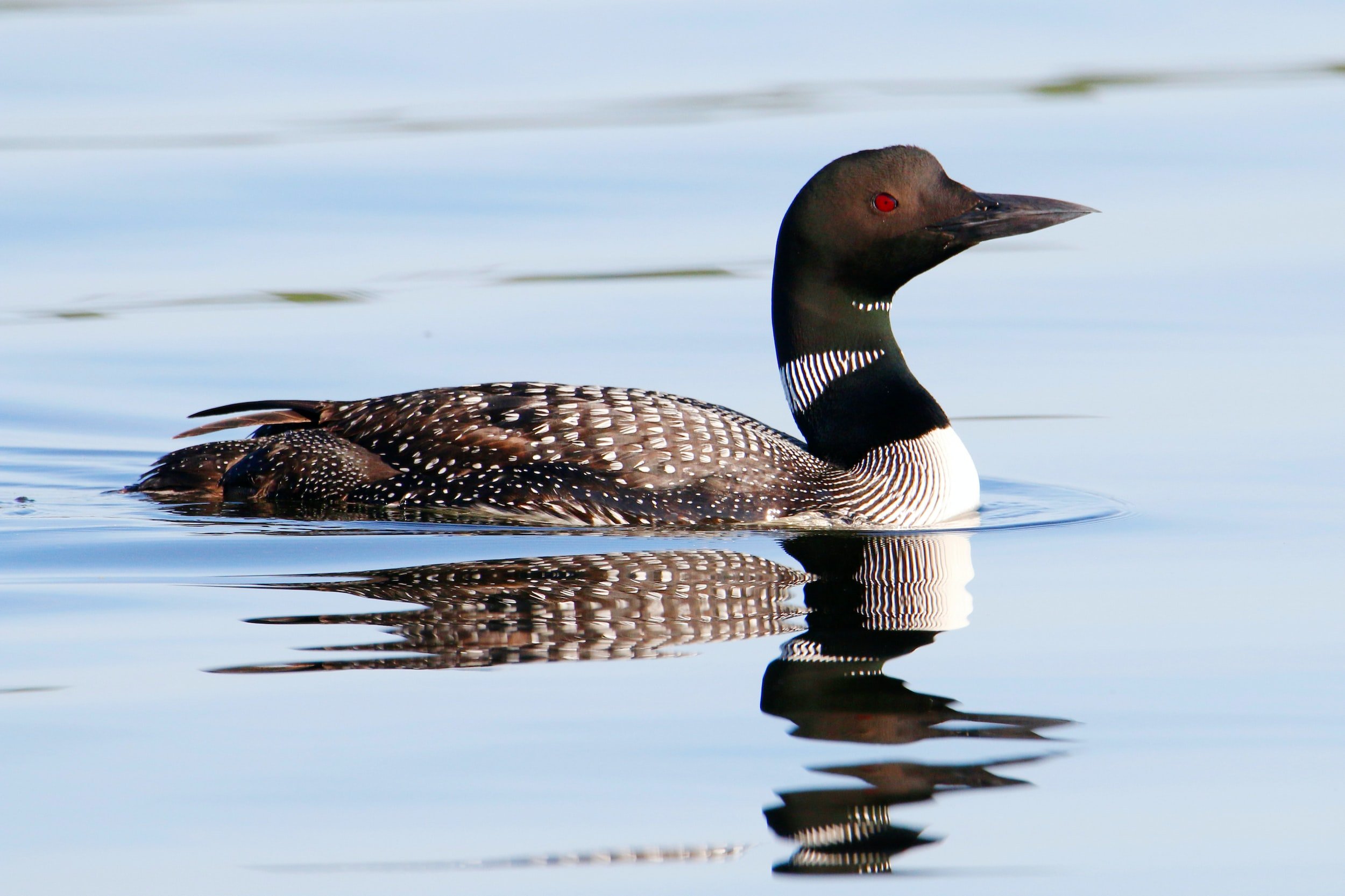Birds are fascinating creatures that come in a wide variety of species, each with its own unique characteristics and behaviors. One aspect that intrigues many bird enthusiasts is the lifespan of these feathered creatures. Understanding how long common bird species live can provide valuable insights into their ecology and behavior. In this article, we will explore the lifespans of several well-known bird species, shedding light on the factors that influence their longevity.
The American Robin
The American Robin, known for its distinctive red breast and melodious song, is a common sight across North America. These birds have an average lifespan of around 2 years in the wild. However, some individuals have been known to live up to 14 years in favorable conditions. Factors such as predation, habitat loss, and climate change can impact the lifespan of American Robins in the wild.

The Mallard Duck
Mallard Ducks are widespread and adaptable waterfowl found in various habitats, from urban ponds to remote wetlands. These ducks have an average lifespan of 5-10 years in the wild. However, captive Mallards can live up to 20 years or more with proper care. Mallard Ducks face threats from hunting, pollution, and habitat destruction, which can affect their longevity in the wild.

The Bald Eagle
The Bald Eagle, a symbol of strength and freedom, is an iconic bird of prey found in North America. These majestic birds have an average lifespan of around 20-30 years in the wild. However, Bald Eagles have been known to live up to 40 years or more in captivity. Threats such as habitat loss, pollution, and illegal hunting can impact the lifespan of Bald Eagles in their natural habitats.

The European Starling
European Starlings are highly adaptable songbirds known for their iridescent plumage and mimicry skills. These birds have an average lifespan of around 2-3 years in the wild. However, some European Starlings have been recorded living up to 15 years in captivity. Despite their adaptability, European Starlings face challenges such as competition for nesting sites and predation, which can affect their survival and longevity.
As we delve into the lifespans of common bird species, it becomes evident that various factors influence how long these feathered creatures live. From predation and habitat loss to human activities and climate change, birds face a multitude of challenges that can impact their longevity. By understanding the lifespans of different bird species, we gain a deeper appreciation for the intricacies of their lives and the importance of conservation efforts to protect these avian wonders.

Conclusion
In conclusion, the lifespan of common bird species varies widely depending on factors such as habitat, diet, predation, and human activities. While some birds may live only a few years in the wild, others can exceed several decades in captivity. By studying and monitoring the lifespans of different bird species, researchers can gain valuable insights into their ecology and behavior, helping to inform conservation strategies and protect these magnificent creatures for future generations to enjoy. Next time you spot a bird in your backyard or on a nature hike, take a moment to appreciate the beauty and resilience of these fascinating creatures and the delicate balance that sustains their existence.

